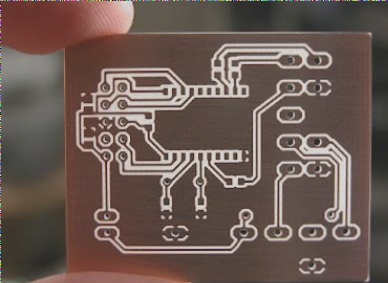PCB Protection Devices Overview
-
Resistor-Capacitance Components
Resistor-capacitance components are commonly used for PCB shielding. By incorporating these elements on signal lines, a series resistor can control peak current, while a grounded capacitor limits peak voltage.
-
Clamping Diodes
Clamping diodes, with their ability to clamp transient voltages within a specific range, provide essential protection for PCBs. The inclusion of series resistance helps manage power load effectively.
-
Zener Diode
Zener diodes, although not solely for PCB use, offer valuable positive and negative protection. However, their limited N junction size makes them unsuitable for high peak currents, and their significant parasitic capacitance can impact circuit performance.
-
Transient Voltage Suppressor (TVS)
The TVS tube, a solid-state diode tailored for PCB protection, boasts quick response times and minimal leakage current, making it an excellent safeguard against voltage spikes.
-
Gas Discharge Tube (GDT)
GDTs, enclosed in airtight glass or ceramic shells and filled with stable gases like neon or argon, offer high insulation resistance and low parasitic capacitance. While they possess self-recovery capabilities, drawbacks include slower response times, limited lifespan, and gradual decay of electrical properties over time.


